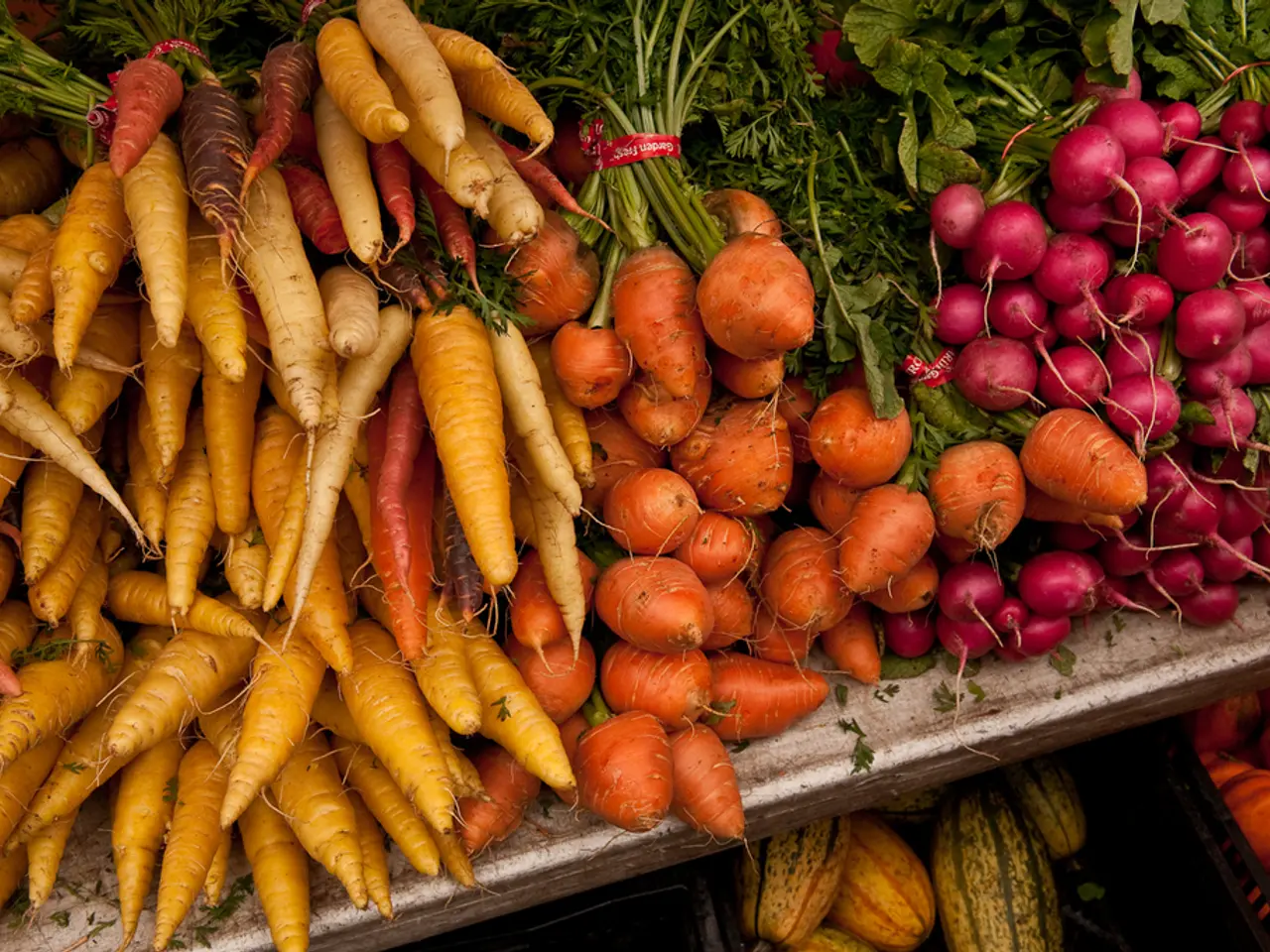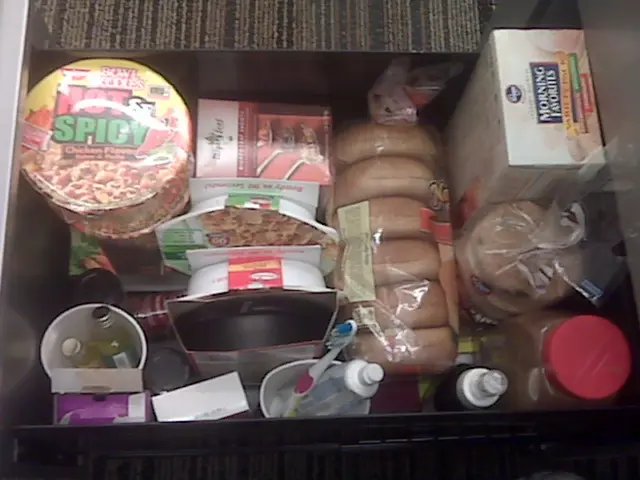Top Vegetables Ideal for Hydroponic Cultivation
In the world of gardening, innovation is blooming, and one such innovation is hydroponics. This modern method of cultivating plants without soil has gained popularity among gardeners, especially for cool-weather crops.
Cool season crops, such as broccoli, bok choy, cauliflower, cabbage, lettuce, all types of peas, green onions, leeks, chives, spinach, radishes, and Swiss chard, thrive best during early spring (February) and early fall (September). With hydroponics, these crops can be grown year-round, providing a consistent supply of fresh produce.
Hydroponic gardens can be set up anywhere, including indoors, making them an attractive option for those with limited outdoor space. Even beginners can join in the fun, as cucumbers are recommended for their simplicity and high yield in hydroponic systems. Other vegetables suitable for hydroponic cultivation include strawberries, arugula (rocket), water spinach (kangkong), and herbs like chives and basil.
Lettuce, one of the easiest vegetables to grow hydroponically, benefits from T-5 fluorescents in hydroponic systems. Herbs grown hydroponically tend to be more flavorful than those grown in soil, and hydroponically grown vegetables are often more nutritious due to the higher concentration of nutrients in the water solution.
Hydroponic gardening allows for easier control of environmental factors such as temperature, humidity, and light, reducing common mistakes like not providing enough light, overwatering, forgetting to fertilize, ignoring pH levels, and not maintaining proper temperature. System leaks, buying cheap or not enough lighting systems, not monitoring plant health regularly, using the wrong type of fertilizer, and not having proper oxygen to plants are other common pitfalls to avoid.
Stella & Simon, back-to-the-land, baby boomer enthusiasts, have embraced the world of homemade hydroponics on their three-acre plot of Florida piney woods. Their expertise culminated in the creation of an innovative homemade hydroponics greenhouse, documented in their book, "Simon's Super Simple On-the-Grid, Off-the-Grid Hydroponic/Aquaponic Survival Greenhouse."
While hydroponic vegetables are less susceptible to pests and diseases, they are not immune. Root vegetables like carrots, turnips, potatoes, and beets do not do well in hydroponic systems. However, hydroponic vegetables do not require the use of pesticides, making them a healthier choice for consumers.
Hydroponic vegetables have a higher yield than soil-grown vegetables and can be grown in any sunny location, using less water and space than traditional gardening. Leaf lettuce is often considered the most profitable hydroponic crop to grow, and it's best grown separately from taller crops like tomatoes, peppers, and cucumbers due to light requirements and nutrient needs.
Other popular hydroponic vegetables include tomatoes, cucumbers, and peppers, which are also relatively easy to grow hydroponically. Hydroponically grown plants tend to mature faster than plants grown in soil, making them a convenient choice for those looking for a quick harvest.
In conclusion, hydroponics offers a promising future for gardening, particularly for cool-weather crops. With its ability to provide a consistent supply of fresh produce, use less water and space, and offer a healthier choice for consumers, it's no wonder that more and more gardeners are embracing this innovative method of cultivation.
Read also:
- Shelter shuts down over avian illness affecting pigeons
- Water Chemistry Dosage Guidance from AskBRS: Understanding What, How Much, and When to Add!
- Experimenting with a TikTok weighted vest strategy transformed my functional fitness journey, proving to be an effective approach.
- Construction in Lankwitz: First REWE with rooftop farm in Berlin begins construction







